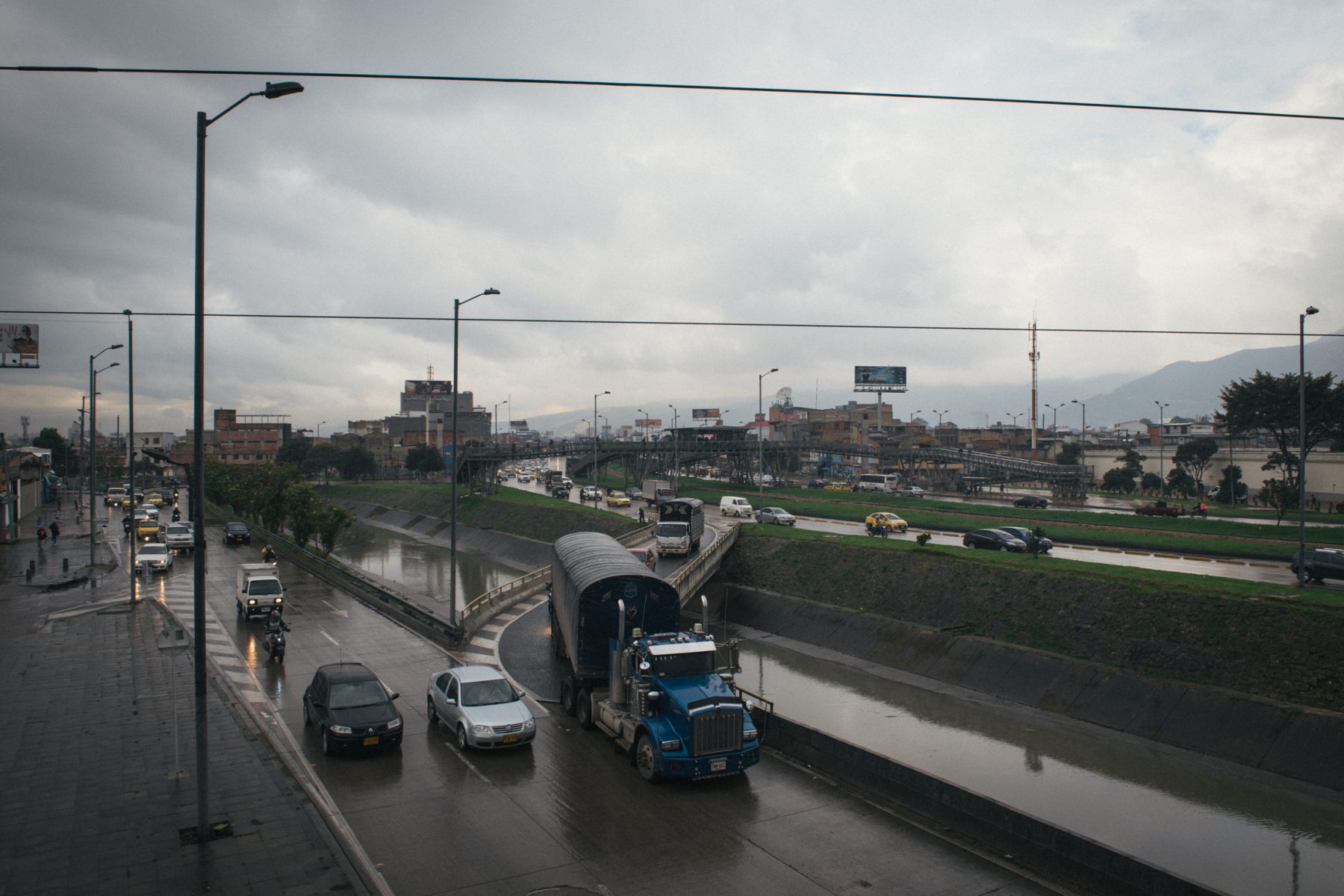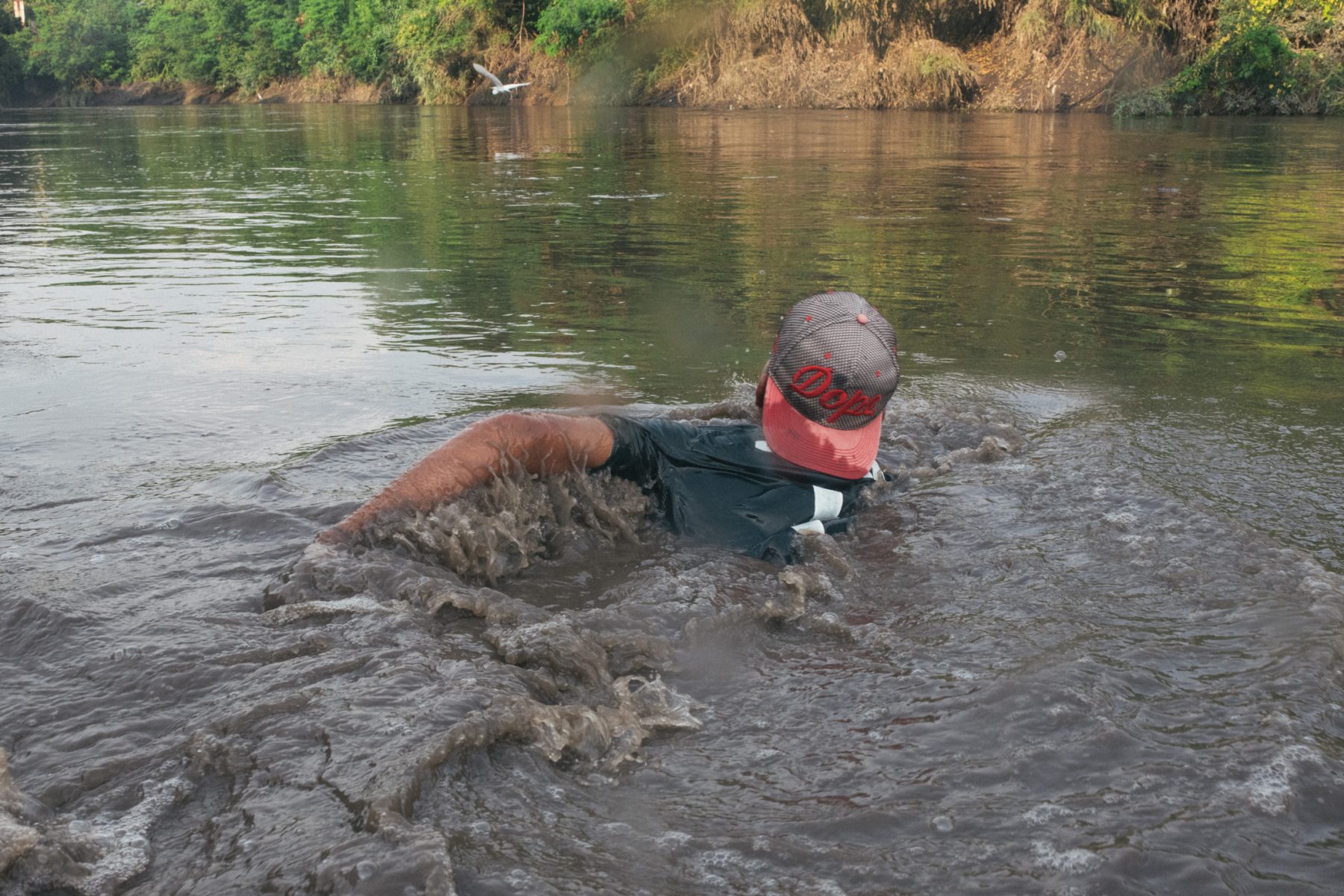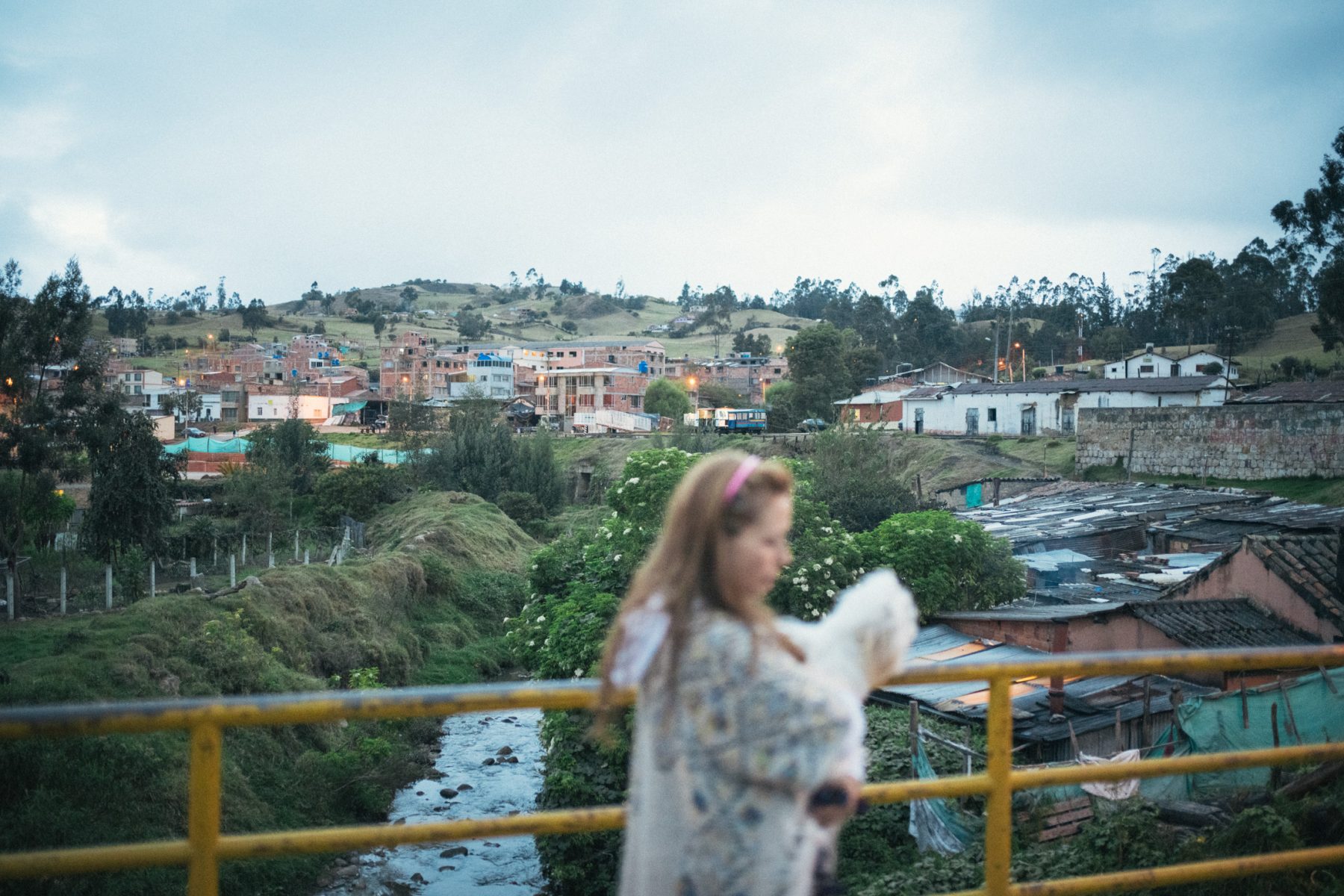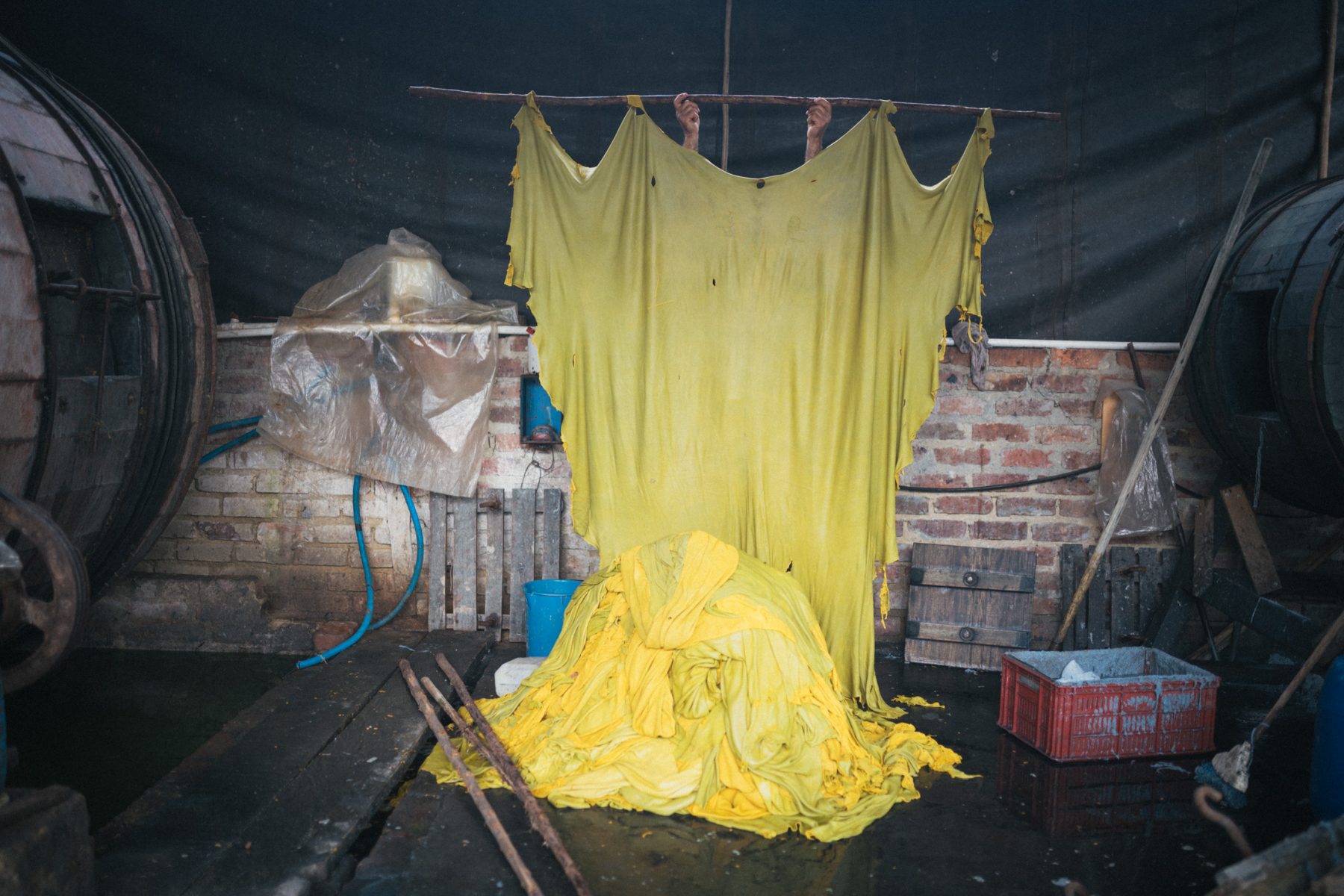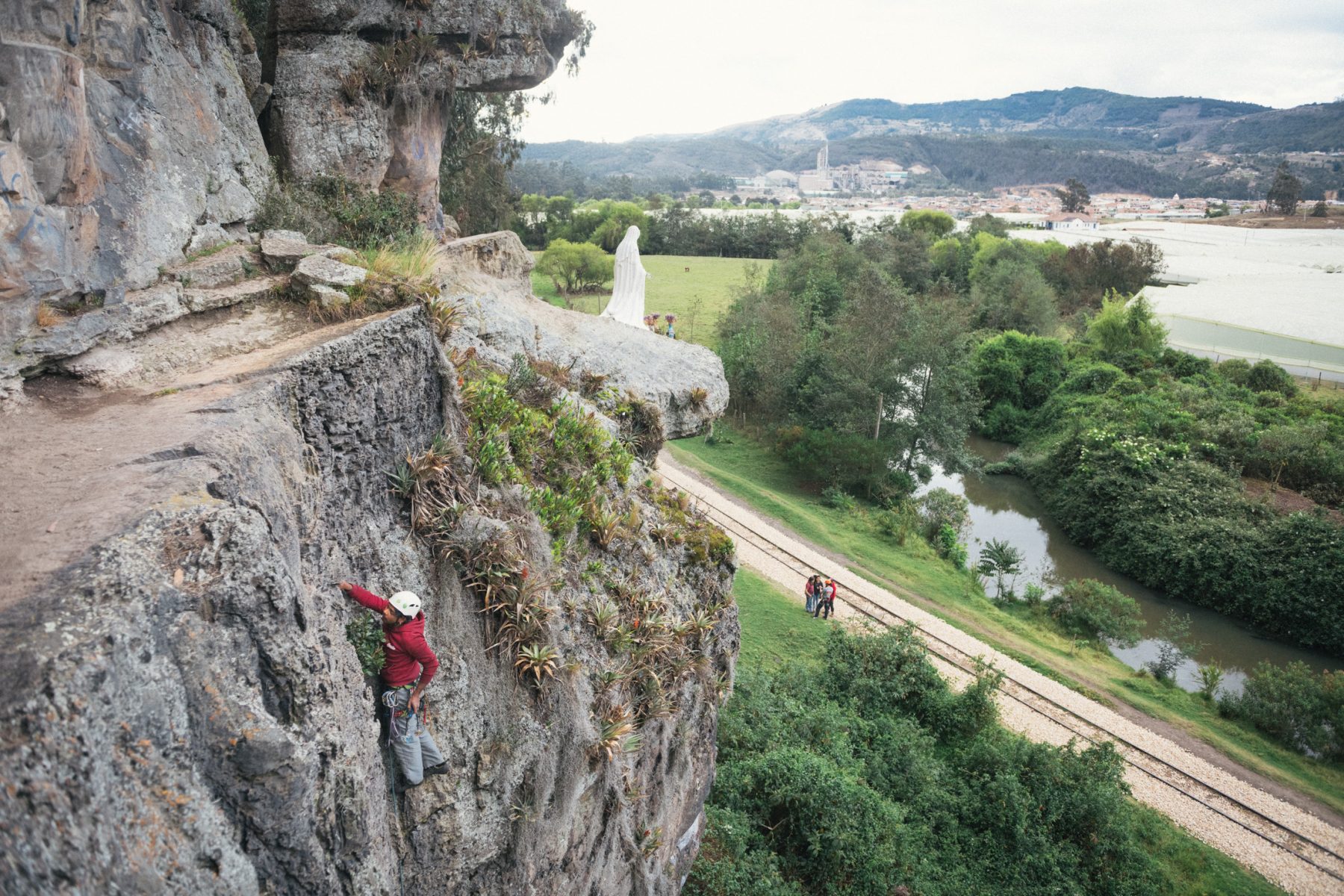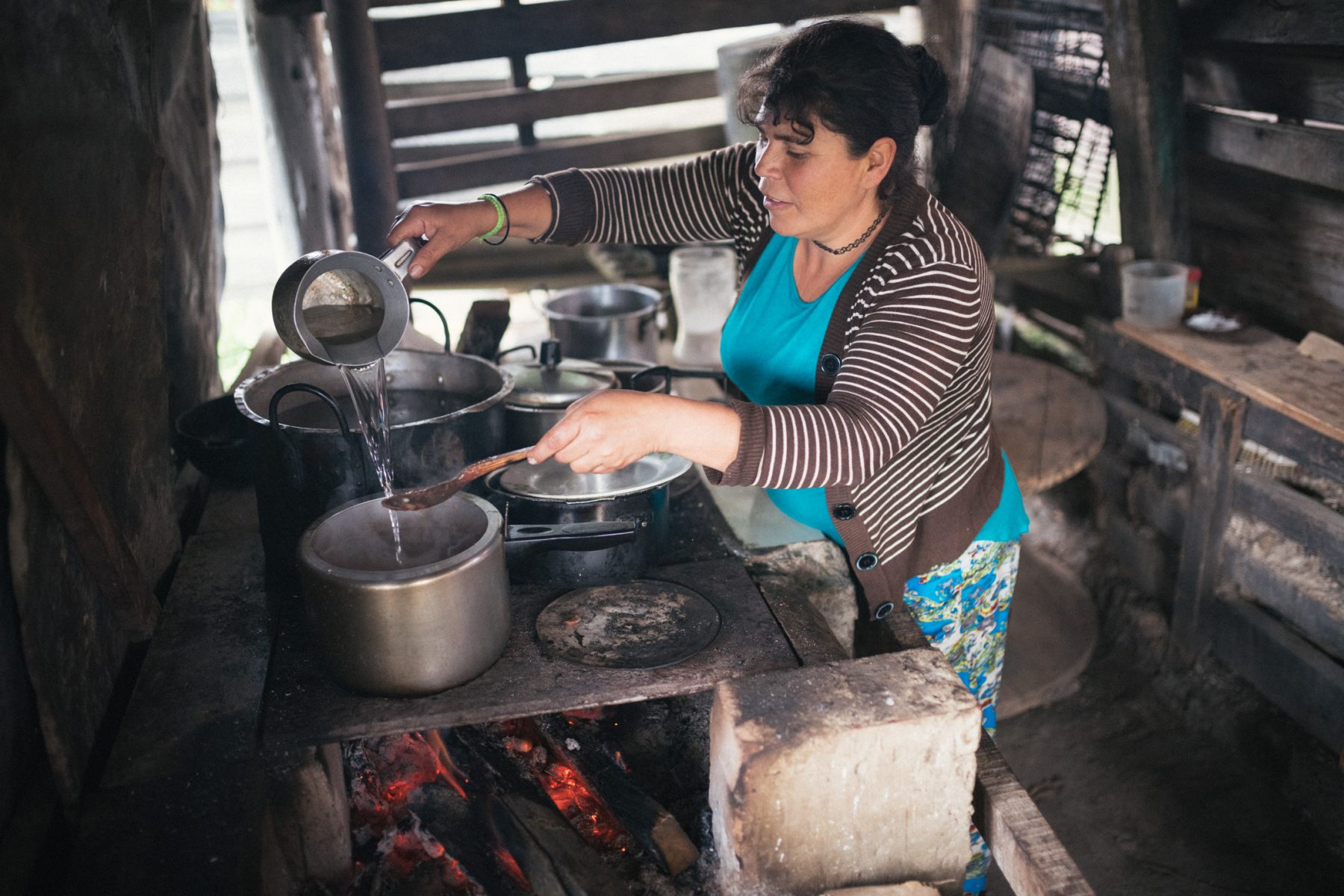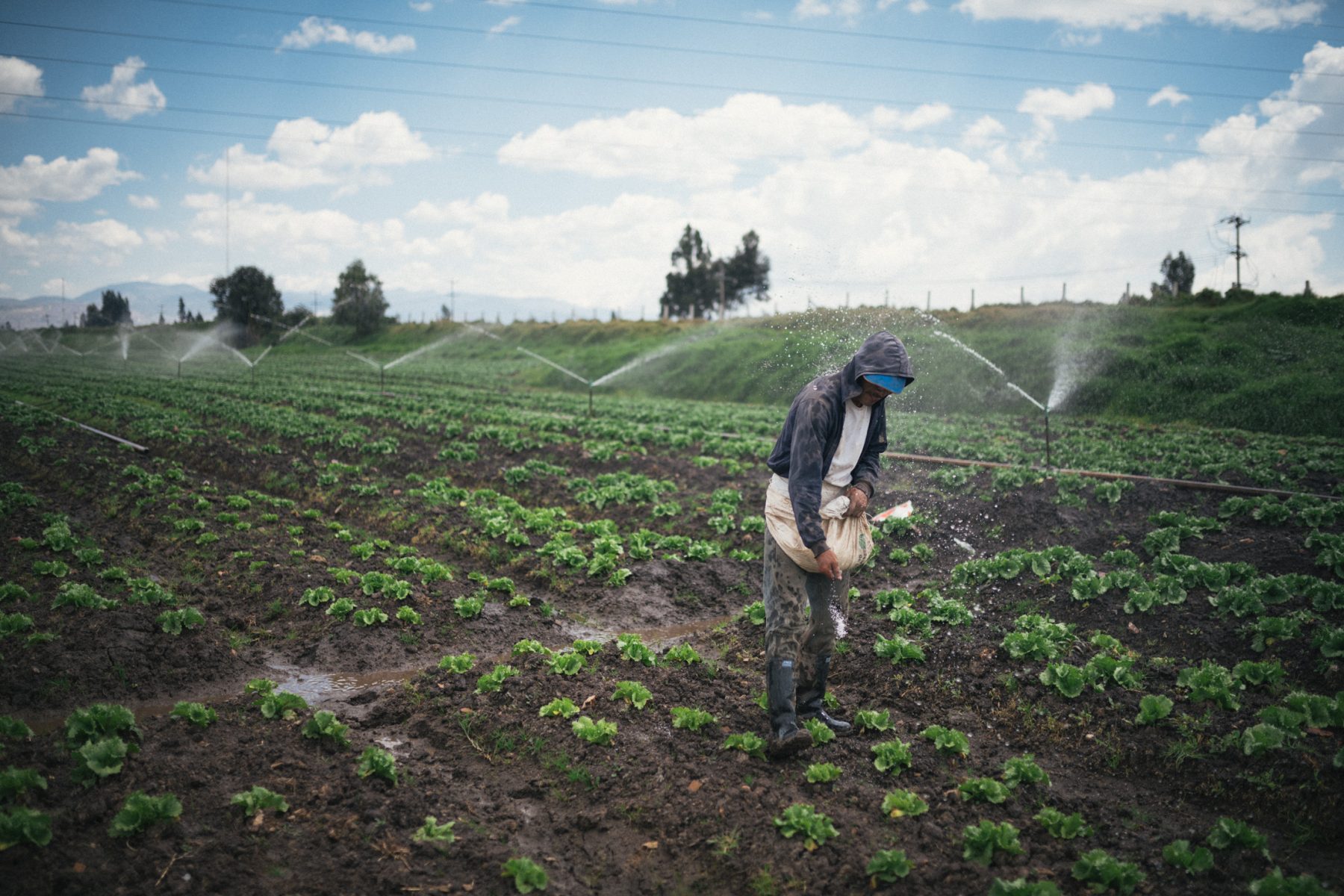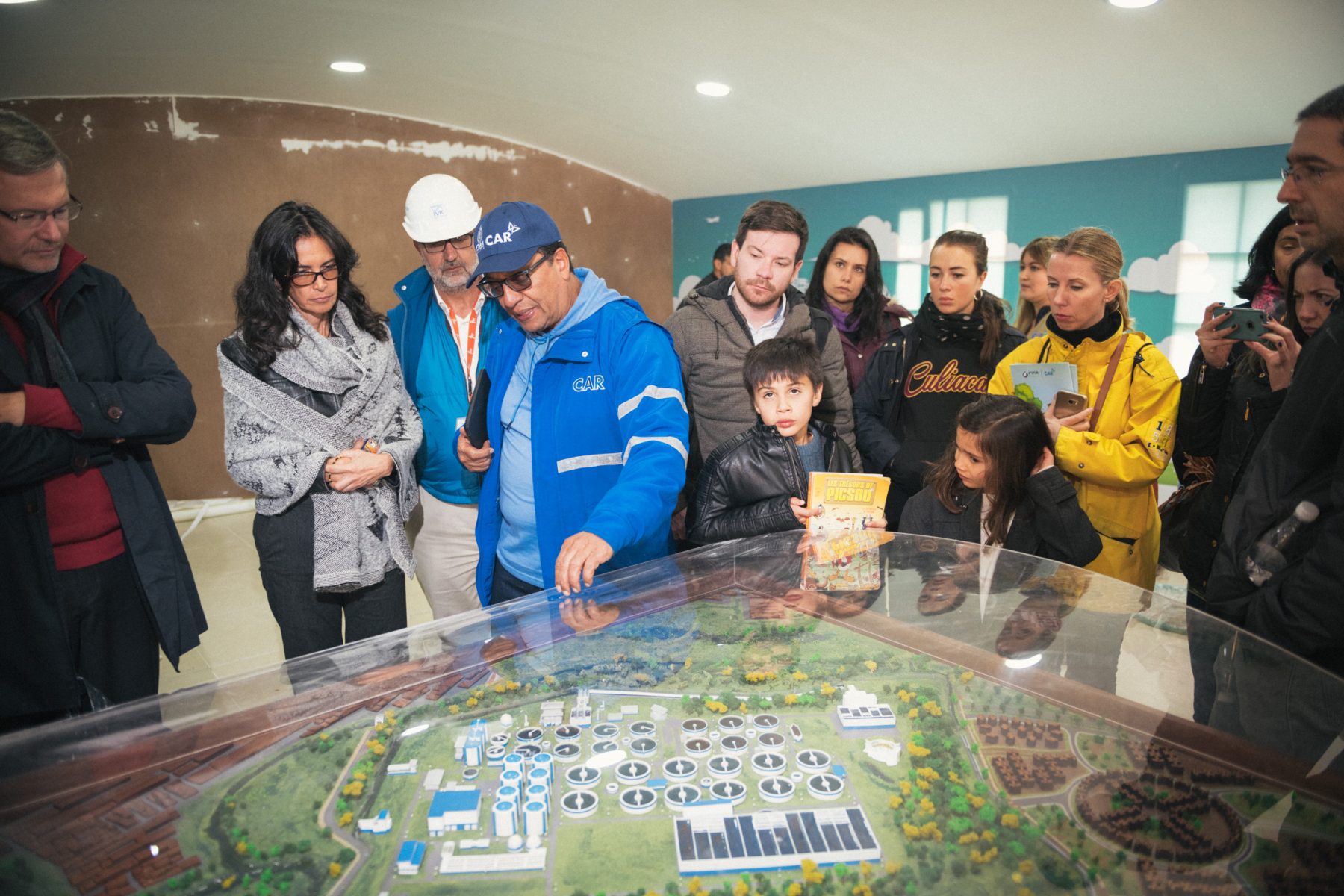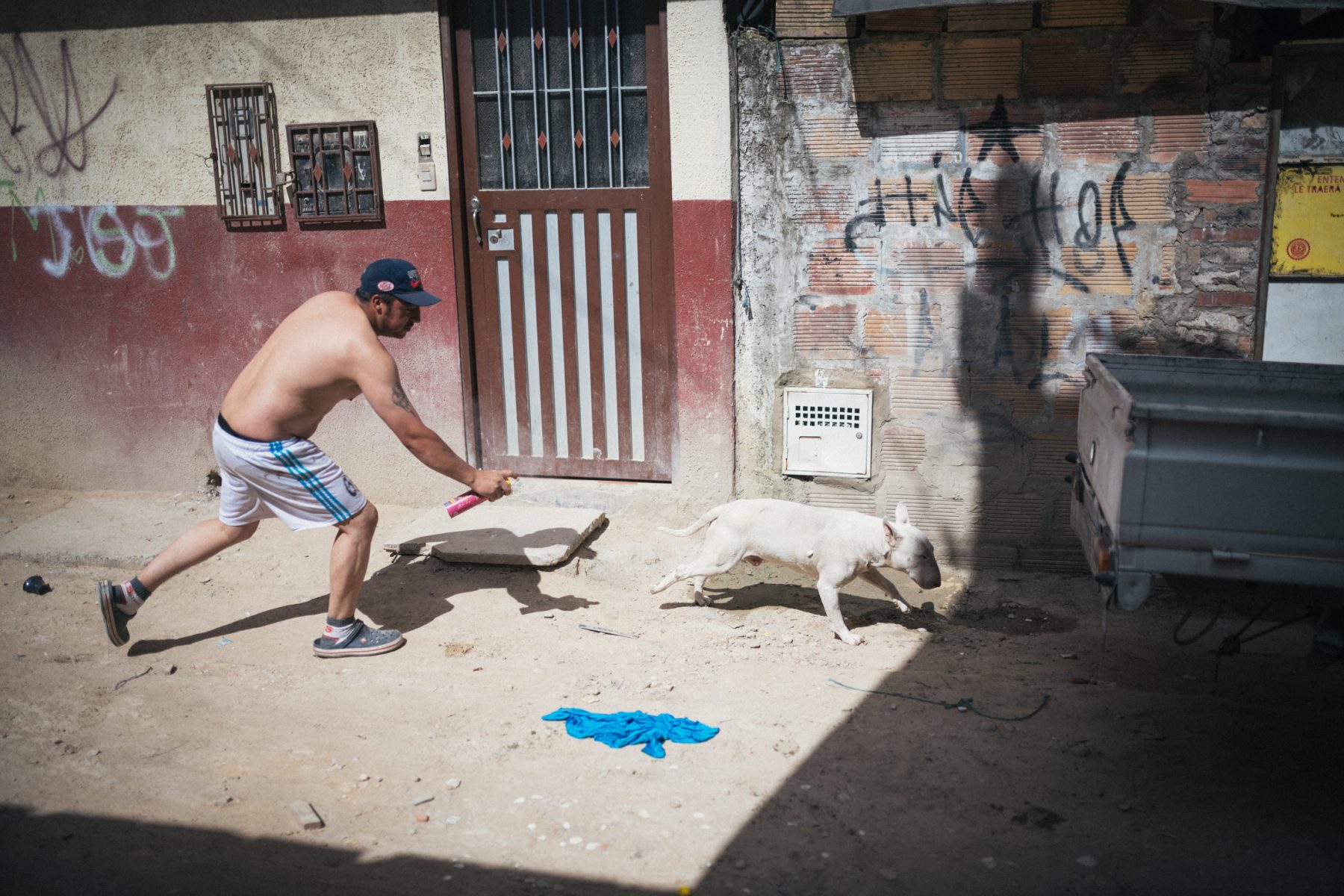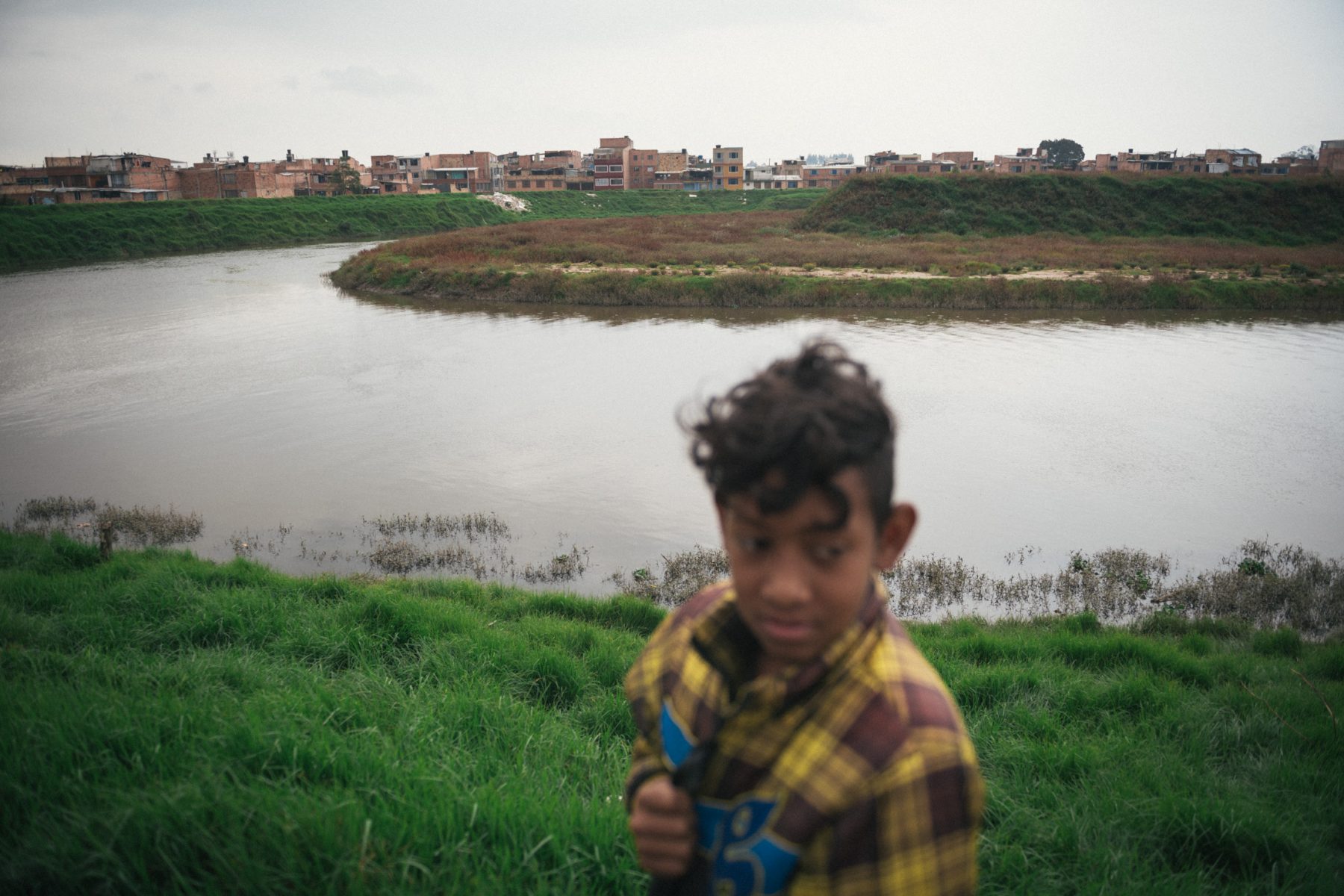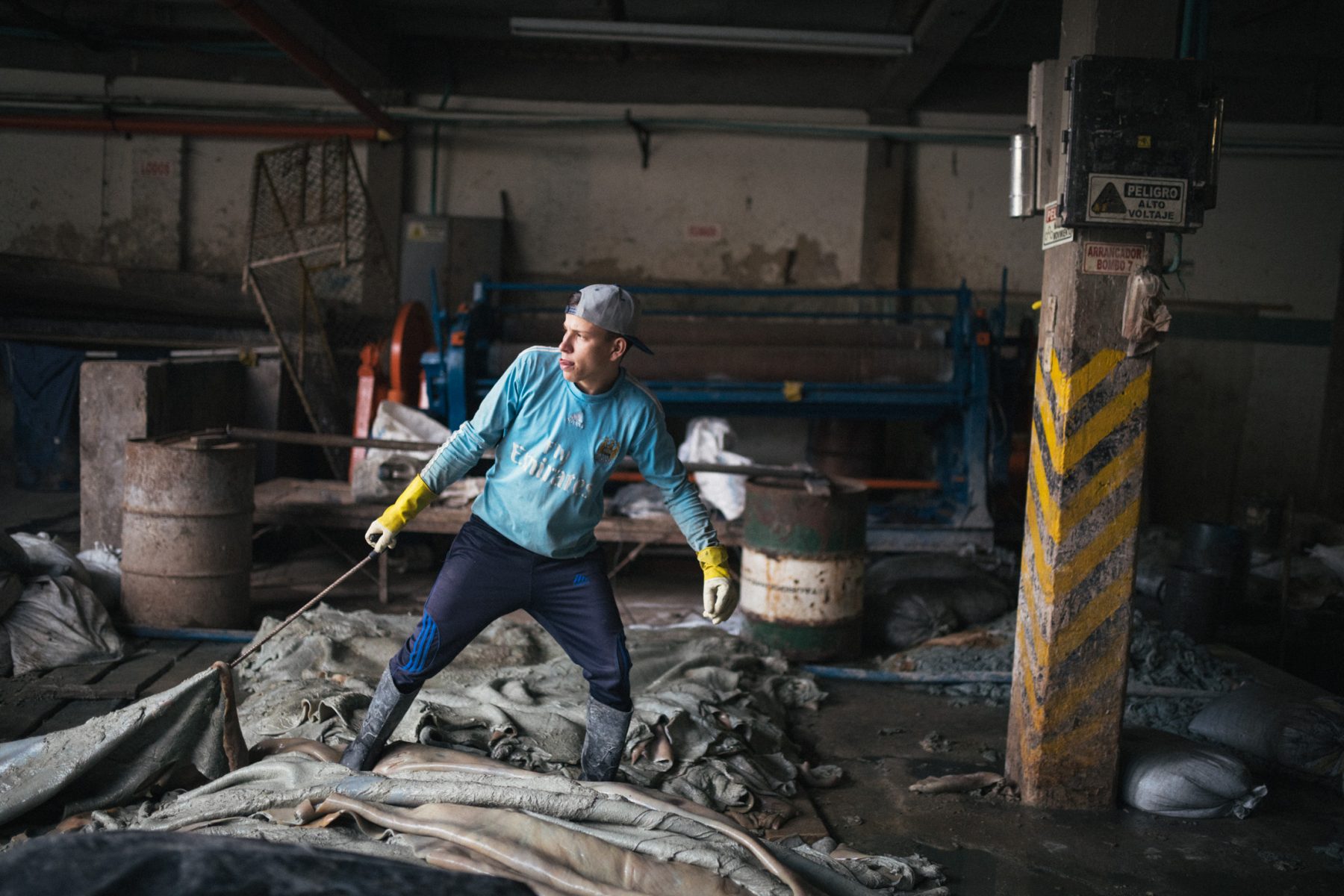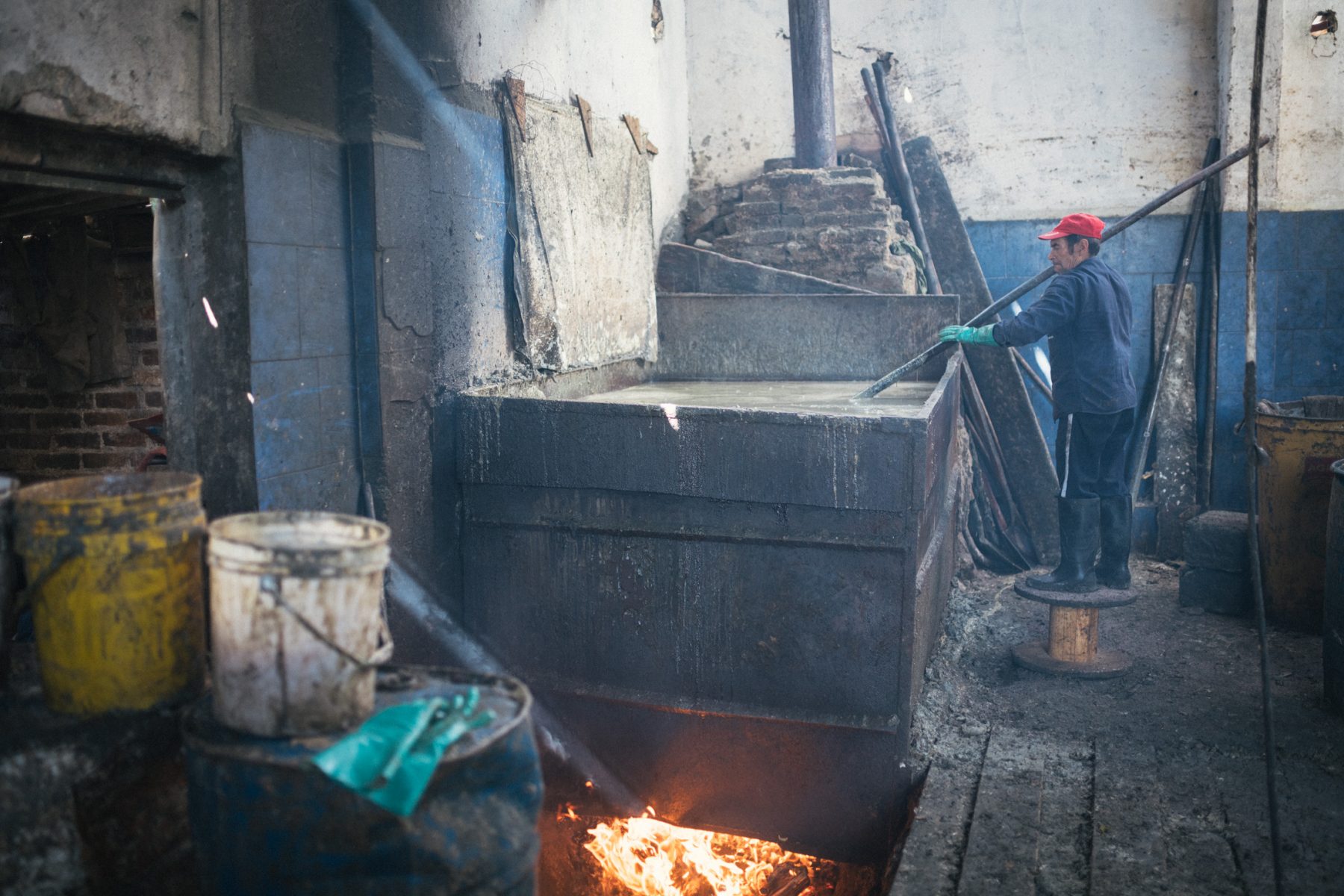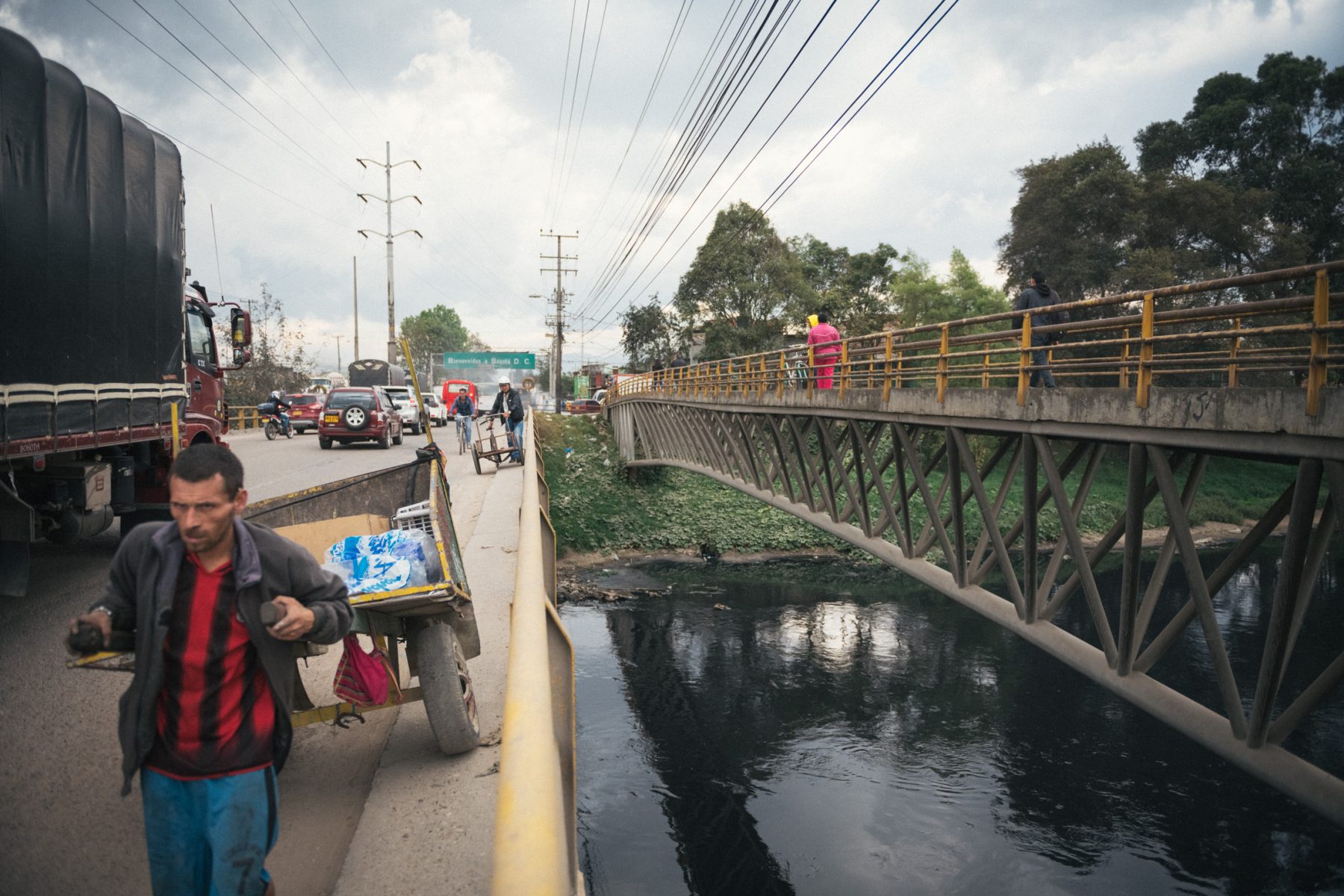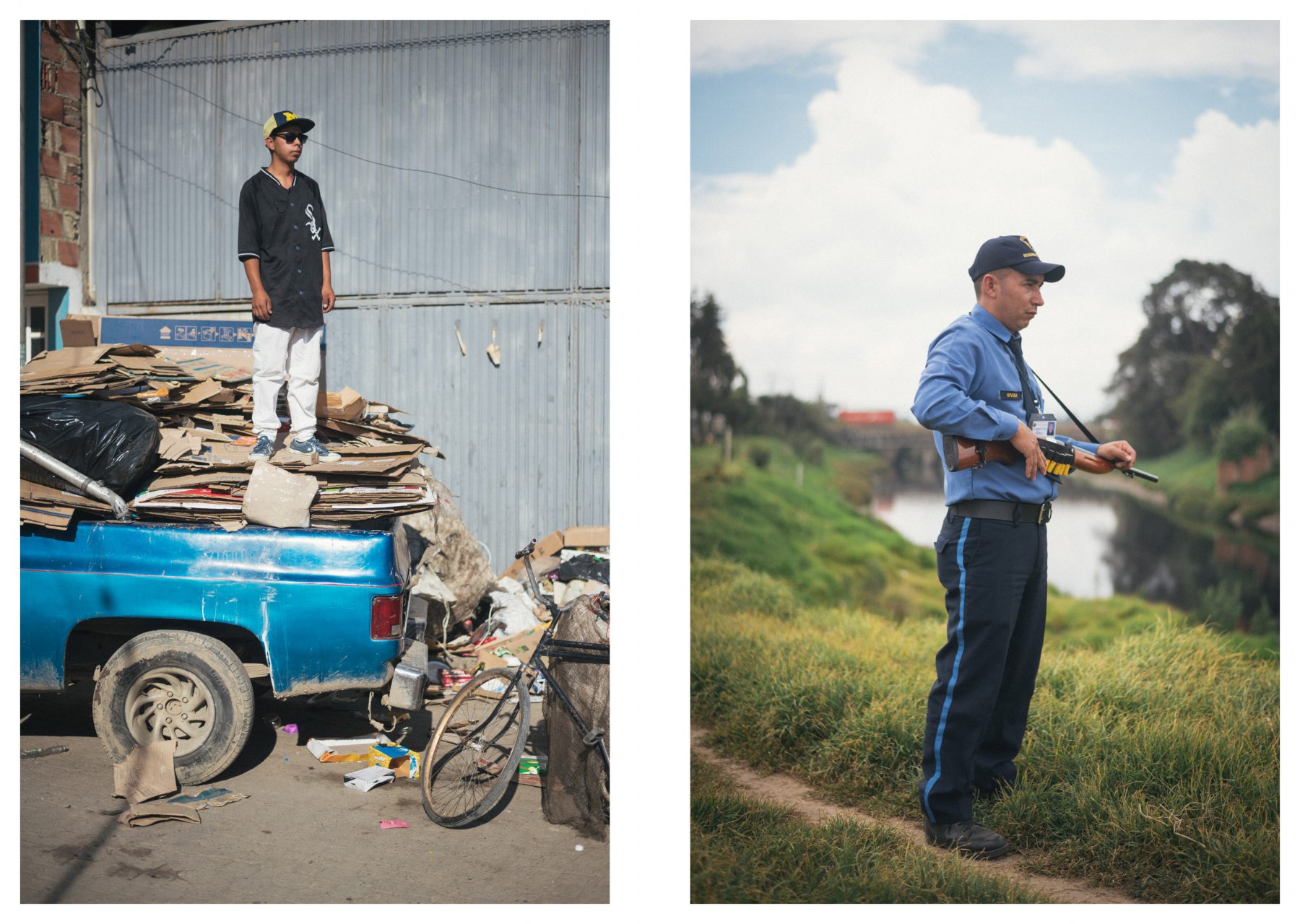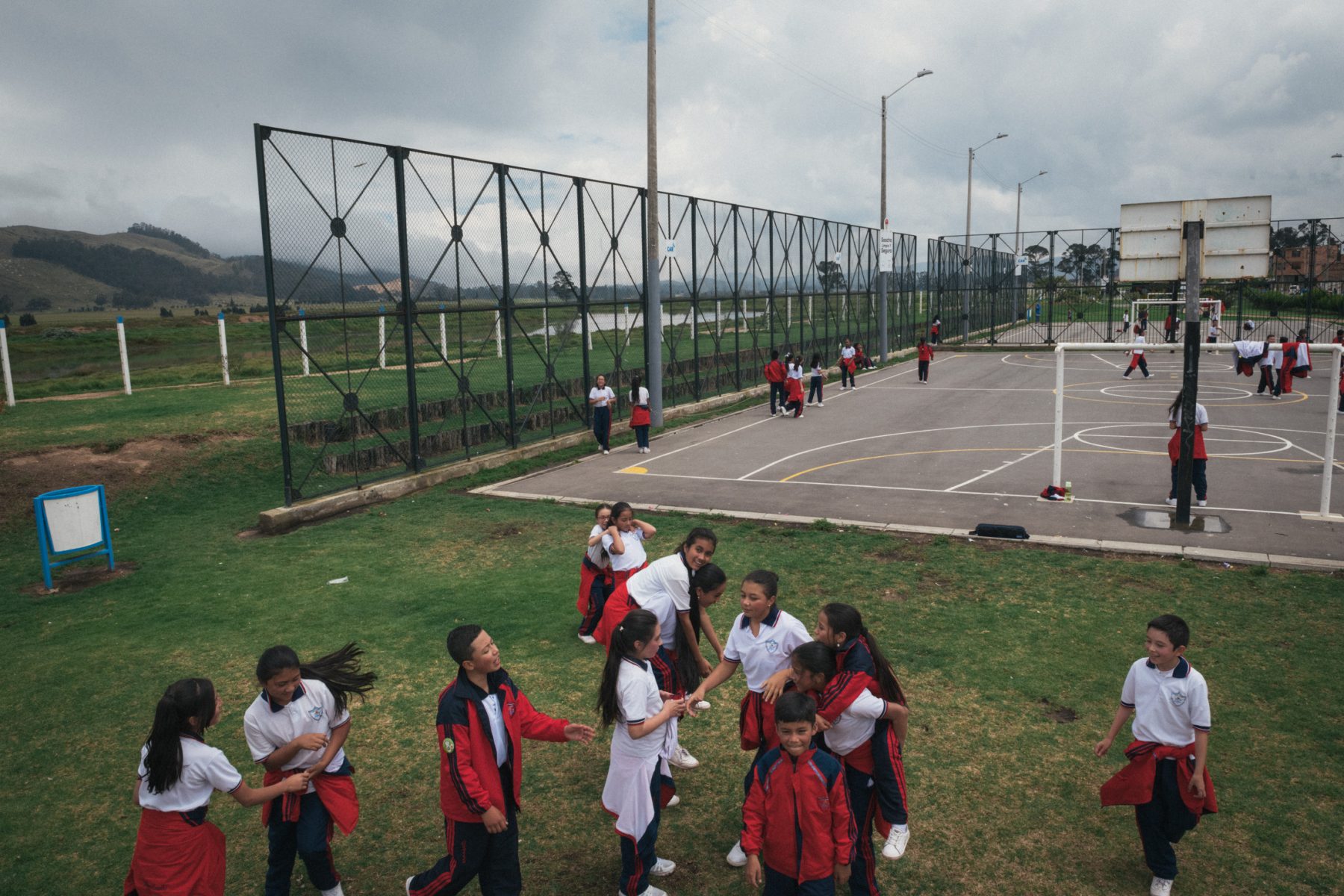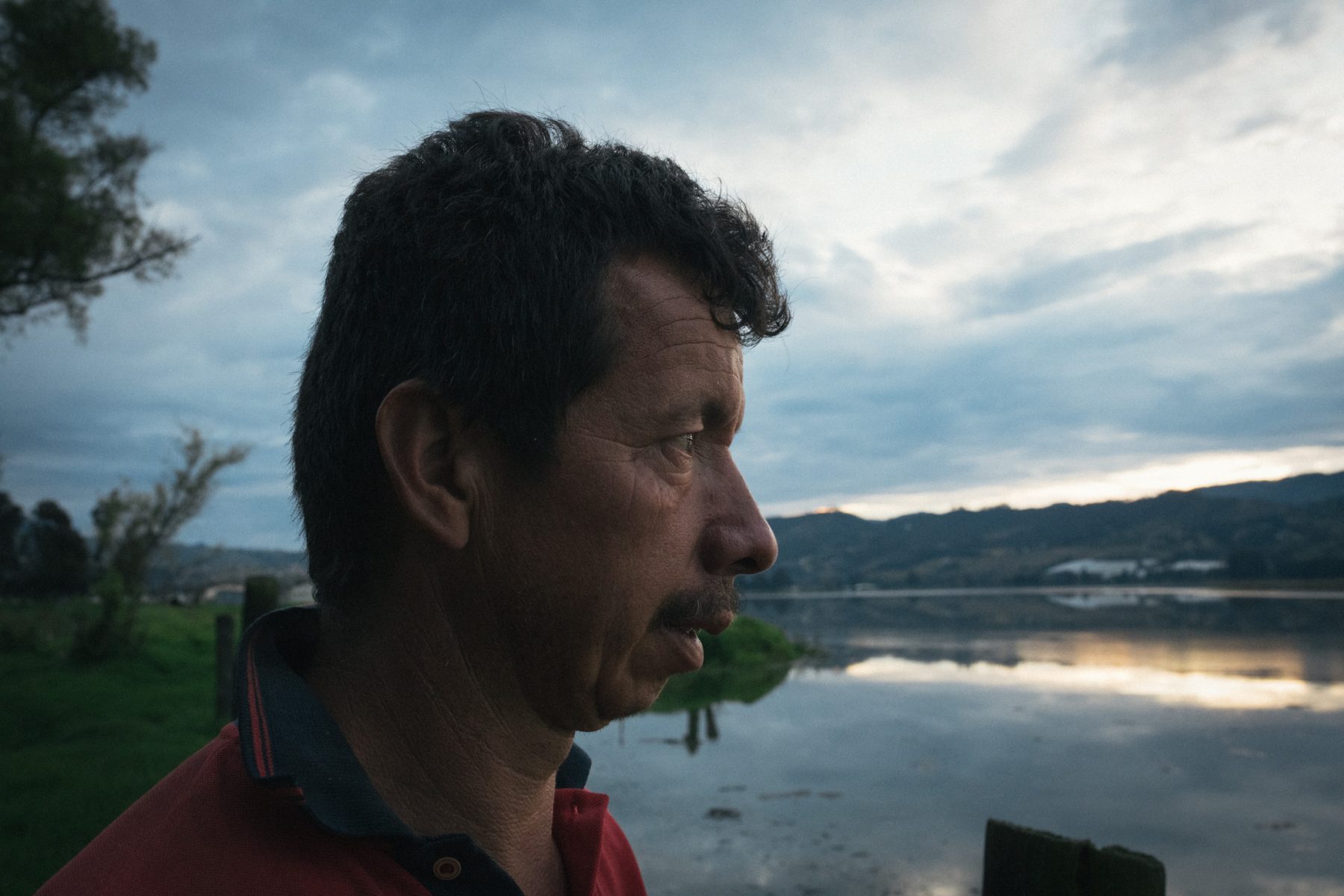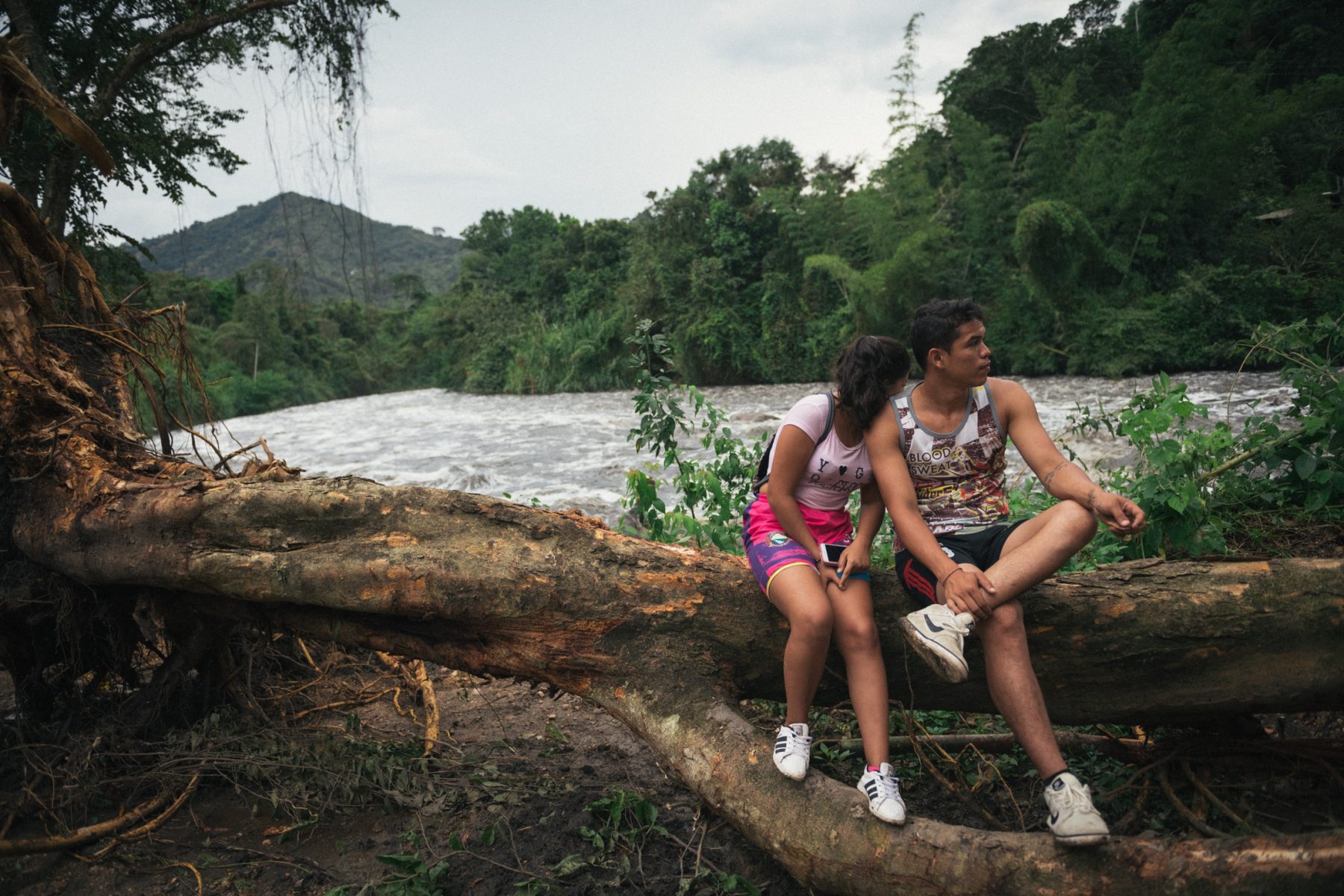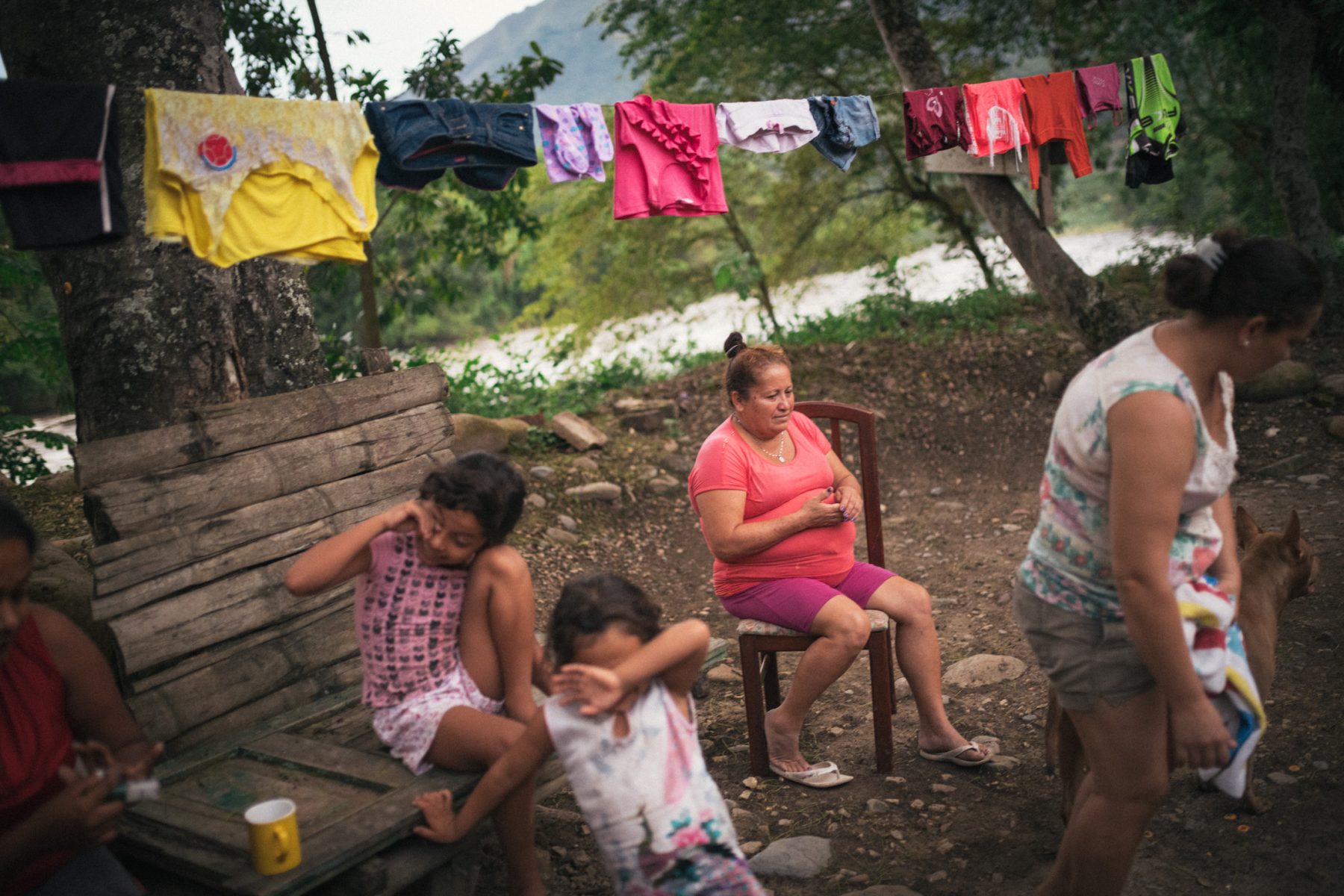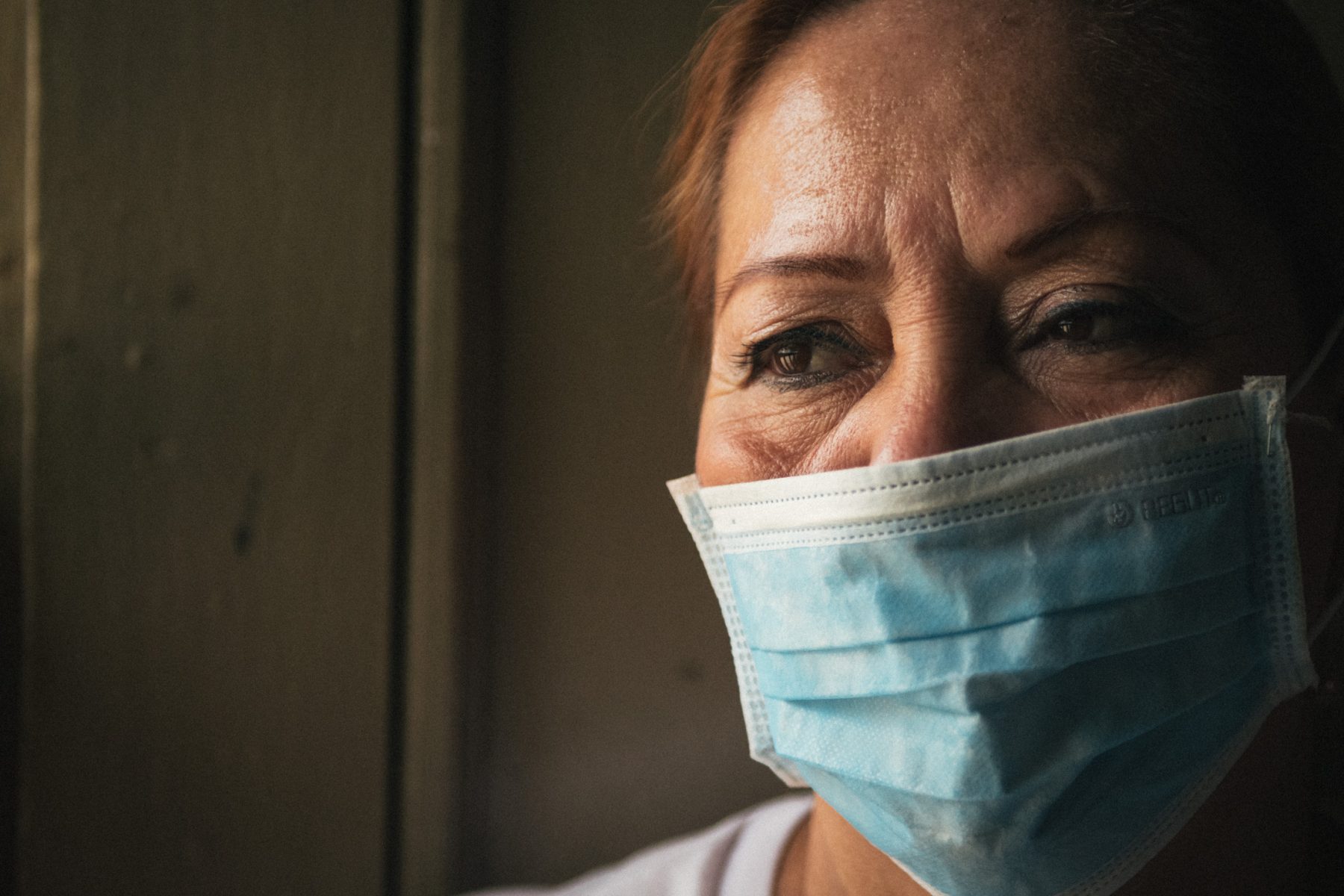On both sides of this stinking river, live the poorest people of Bogotá. Mayor Enrique Peñalosa, however, has a vision for the future: in seven years, the people shall be able to swim in the Bogotá River, go boating, and the river shall be the heart of the continuously growing Colombian capital. The cesspool shall become a centre for development, with chic apartments. Rising land prices are supposed to counter-finance the huge river-cleaning project. Will the master plan work?
The Bogotá River is a river of extremes: more than a third of its 380 km are devoid of oxygen. The water flows so slowly over the plateau without a gradient that you can hardly see it moving. At a spring at an altitude of 3,300 m altitude in the páramo, the water is crystal clear. Just 11 km further along, it absorbs the untreated wastewater of the illegal leather industry. 'I know what I do to the river every night', says a tanner, 'but if I stop, my family suffers from hunger'.
The story of the River Bogotá is a reflection of Colombia. It is about public authorities arguing about competences and spending money without any consequences, in spite of the compulsion to deliver solutions. It is about scientists who have been aware of the river's contamination and have been offering solutions for years—but they have been ignored. It is about millions of people that have been polluting the river for years, drinking its water, and eating the vegetables grown with it.
Against all odds, the plan is to finally clean the wastewater of the Colombian capital in a mega-project that includes the third largest sewage treatment plant in Latin America.
